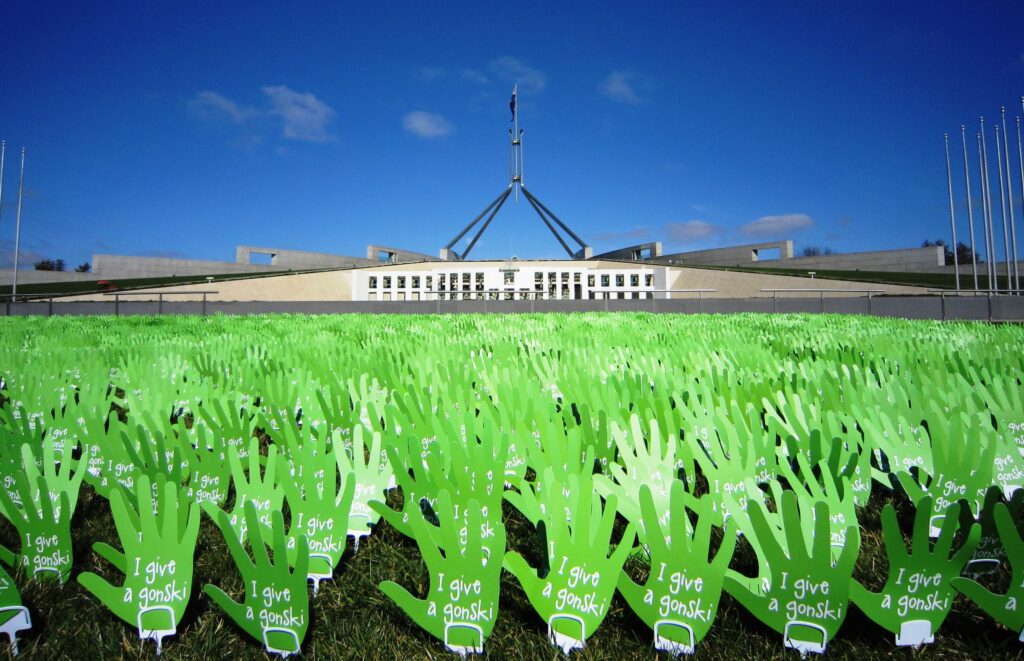The Giles Government’s education cuts are a blow for disadvantaged students at remote schools, writes Branch President Jarvis Ryan
The Turnbull Government tried to use the Christmas period to quietly drop the news that it wouldn’t commit to funding years five and six of the Gonski agreement on school funding.
With uncertainty over whether large sums of federal money will continue to flow to public schools, in the NT we must condemn the failure of Adam Giles to implement Gonski when he had the chance.
The federal government handed an extra $272.5 million to the NT to spend on government schools for 2014 to 2017, despite Giles’ refusal to sign on to the Gonski agreement. Not only has the Giles Government pocketed a big chunk of the windfall, it’s reduced its own contribution to public schools.
The AEU’s analysis of the NT budget shows that, in the last three financial years, funds to government schools fell by $28 million – almost $1000 less per student each year. The extra federal funds can’t be found in the budget papers.
The NT government has admitted that some of the federal funding has been used on infrastructure such as building new schools rather than its intended use: new additional programs and staff in schools.
When we look at the states rolling out programs funded by Gonski, it’s made a difference in terms of promoting children’s participation at school. But many NT schools are losing funds instead of receiving more.
The cuts compound an already dire situation for remote schools. A major review of Indigenous education in the NT, completed two years ago by education consultant Bruce Wilson, found that many Indigenous children were worse off than at the time of the last comprehensive study in 1999.
The declining education budget has also meant staff cuts and, in an alarming development, the Indigenous workforce has been hit disproportionately.
The number of teachers has been cut by 5 per cent since 2012 while the overall Department of Education workforce has dropped by 10 per cent. In the last financial year, the number of Indigenous workers employed by the department was cut by about 15 per cent. Some of these staff may have been re-employed as School Council employees, but it’s a disturbing trend.
A lack of consultation with Indigenous communities about their education needs has been a feature of the government’s approach. For example, a proposal for a standardised English-only curriculum will undermine the high importance that communities place on bilingual education and jeopardise access to education for many children.
In the lead-up to the NT election this year, the government may be softening its stand on a proposal to withdraw secondary schooling from some remote schools, forcing students to board in one of six major urban areas.
This is a welcome development, as we can see that secondary programs are getting solid results in a number of communities, albeit on a modest scale. Last year saw the NT’s largest number of Year 12 Indigenous graduates. At 187, it was an 8 per cent increase on the previous year. A total of 27 were from remote areas.
Unfortunately, by drastically cutting the resources going to public schools, the Giles Government has squandered the opportunity that Gonski presented. Adam Giles claimed that signing up to Gonski would mean diverting money from schools in Darwin and Palmerston to remote schools.
However that claim wasn’t true. Under the model, no school would have lost out in dollar terms. What Giles and his government really objected to was having to increase their own contribution and dramatically increase funding in the bush.
Most remote schools would have been massive beneficiaries of the Gonski model, with some set to receive 80-100 per cent funding increases to bring them up to the minimum resource standards.
Adam Giles likes to use the slogan ‘Developing the North’, but he’s failed to invest in our most important resource of the future: our kids. Let’s not forget that in this election year.

